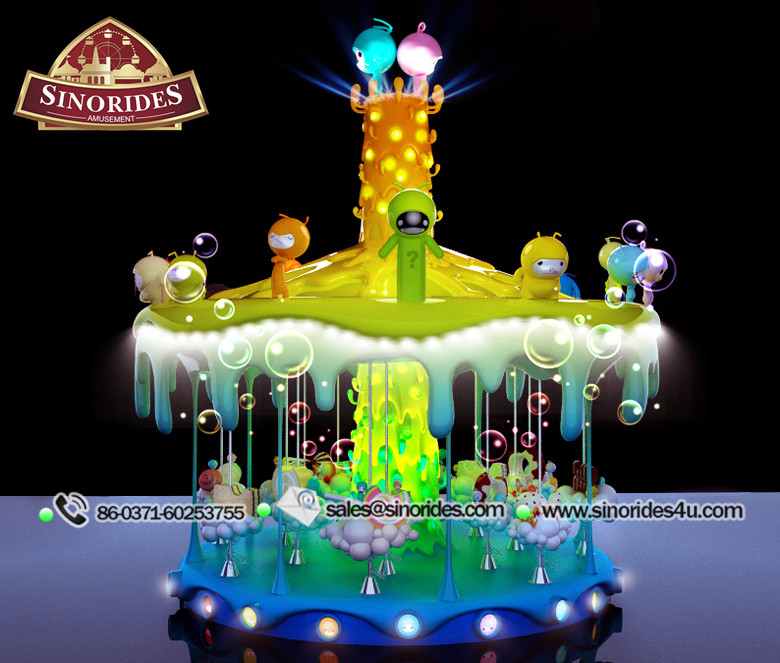
Local fairs and carnivals have been around since the Middle Ages, but modern amusement parks can trace their roots to the 19th century, when so-called “pleasure gardens” and “trolley parks” first flourished in the United States and Europe. These early resorts featured primitive—and often wildly unsafe—rollercoasters and rides, but they also included a variety of offbeat attractions ranging from strongmen and wild animals to freak shows, staged disaster spectacles and even battle reenactments. Take a trip through six of history’s most enchanting and influential amusement parks.
Steeplechase Park
Opened in 1897 by entrepreneur George C. Tilyou, Steeplechase Park was the first of three major amusement parks that put New York’s Coney Island on the map. The park took its name from its signature attraction, a 1,100-foot steel track where patrons could race one another on mechanical horses, but it also included a
Ferris Wheel, a space-inspired ride called “Trip to the Moon” and a miniature railroad. While Tilyou intended Steeplechase to be the family-friendly antidote to Coney Island’s seamier side, some rides still ventured into territory that was risqué by Victorian standards. Attractions like the “Whichaway” and the “Human Pool Table” tossed strangers against one another and gave couples an excuse to canoodle, and the wildly popular Blowhole Theater allowed spectators to watch as air vents blew up unsuspecting female guests’ skirts. As the ladies struggled to cover themselves, a clown would shock their male counterparts with a cattle prod. Fire destroyed much of Tilyou’s park in 1907, but he responded by building a more elaborate Steeplechase that remained in operation until the 1960s. Ever the showman, he even charged ten cents for visitors to view the charred ruins of the original park.
If you are interested in our products, please visit our website (www.sinorides4u.com) for more information.









